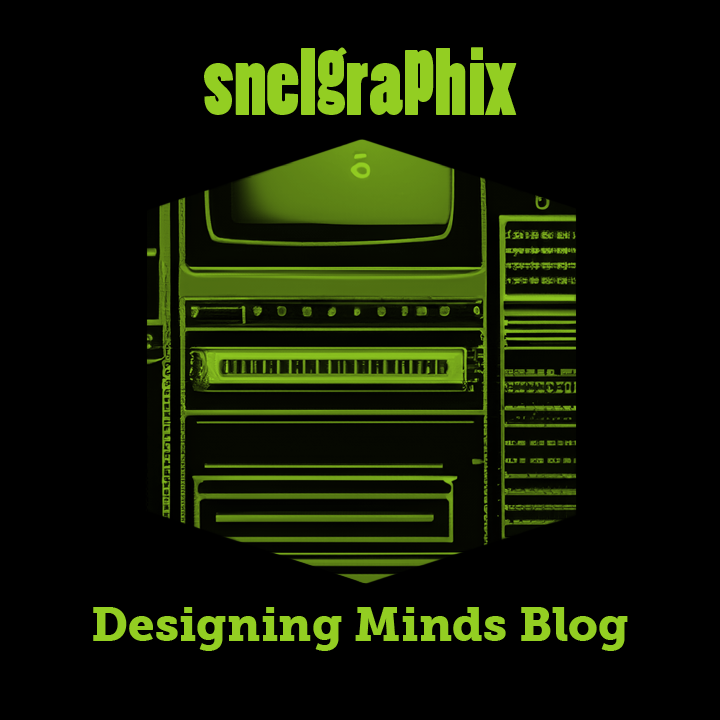It's All About Belief
The Snelgraphix Designing Minds Blog: Believing Is Better Than Seeing

“A Scholar in his Study” Etching by Rembrandt • Wkimedia Commons
The prior entry in this series can be read by clicking this link: Good Story Trumps Great Fact
Effective communication is built from other people’s beliefs, not the designer’s artistic vision.
Unless we have the power of instantaneous insight, we need to do real work to see where our target demographic is coming from. This is critical to successful communication design. We need to know something about what our intended spectators think and how they will emotionally respond to the ideas we are illustrating with our art. It’s usually wise to know something about the social norms of the minds behind the eyes we wish to reach. It’s usually not a good idea to take a shot in the dark.
Change the choices we make and we can change who we can reach with our communication efforts and how effective our messages are. When we get it right lights go on in the viewers’ minds and our clients can look at the results for themselves.
Every community and subculture has its own vision of the world, language and set of social-based preferences that may or may not coincide with that of the content creator. It’s a matter of perspective. Careful use of language and consideration of word choice is of utmost importance. We should seek to use ideas, typography, and imagery in a context that is clearly right for the people we wish to influence. We do not want our efforts to go over our chosen group’s heads nor do we want our aim to mean we fall short of our target.
It’s not as simple as using the mainstream media’s views about these social demographics as a guide. Sometimes the media is not as enlightened as their spectacular advertising might lead us to believe. Humans are burdened with complex personal psychologies. Mass media tends to oversimplify subculture and counterculture groups, exaggerating their differences with mainstream culture in order to grab the public’s attention. Direct personal experience with real people has no equal.
The proliferation of high-definition illuminated touchscreens with hyperlinked social media makes demographic research easier than ever. There are countless online communities with massive amounts of multimedia content, including message forums and comments sections of websites. This resource provides invaluable insight into what these social groups believe, how they communicate these beliefs, and how they behave. This media is a mouse click or finger swipe away, shared publicly for all to see. Those of us who seek to understand these subcultural groups for ourselves can even join the appropriate online communities. Information is no longer limited like it was before the turn of the millennium. The data filled and connected world we live in today allows anyone with a wired or wireless network connection to have access to the power of a research tool that very few people would have imagined possible fifty years ago. This amazing palm fitting Aladdin’s Lamp technology means we need not fumble blindly in our attempts at communication design. With the internet, we can “infiltrate” different online social groups, fully immerse ourselves in new and foreign demographics, and see things for ourselves first hand.





























